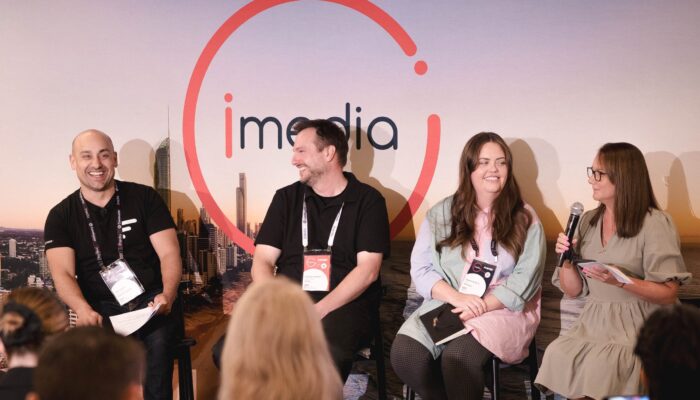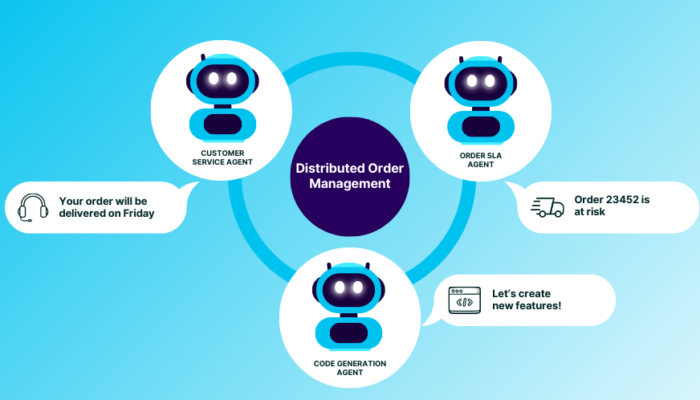“It takes one year to implement an order management system.”
“No, it takes two years!”
Sound familiar? There are a lot of incorrect assumptions floating around that it takes a long time for an order management system (OMS) to be implemented. Which is true for many OMSs. But for a modern, agile OMS, it takes much less than two years. Even less than one year. It actually can be a matter of weeks from kickoff to go-live with a phased roll-out.
What does this mean? You can deliver value to your business faster. See a quicker Return on Investment (ROI). Which means you can fund your other projects (like Commerce, PIM, etc.) sooner. Let’s take a look at some customers who implemented Fluent Order Management in a short period of time.
The Quality Group
A leader in the nutrition industry, The Quality Group (TQG) focuses on supplements, sports nutrition and more. Based in Germany, they have had rapid growth and are a pure-play retailer—meaning they have no stores.
Total time to go-live = only 6 weeks
TQG went live in only 6 weeks with Inventory Availability, specifically related to discount campaigns on products that would yield high order volumes. This resulted in reduced order cancellations and an increase in customer satisfaction.
International Paint Manufacturer
This customer is a leading international paint manufacturer that has been in business for decades. They sell their products both in-store and online, and are the largest manufacturer of paint products in Australia.
A successful go-live in just 8 weeks
This paint manufacturer went live in just 8 weeks with real-time omnichannel inventory visibility, the ability to fulfill from anywhere. They also implemented complex order routing abilities based on specific product attributes. This resulted in $133,000 per month decrease in freight costs.
Psycho Bunny
The apparel company Psycho Bunny was founded in 2005 with an eye towards perfecting the polo and has grown their ecommerce and store footprint rapidly.
Time from kickoff to go-live = 4 months
Psycho Bunny went live in only 16 weeks with Home Delivery, Global Inventory and Order Orchestration—and did so right before the peak period of Black Friday/Cyber Monday. The Psycho Bunny team noted it “was one of the quickest implementations ever seen”. They felt safe and confident in Fluent Order Management getting the job done—fast.
The results? The Director of Omnichannel, Monica Provenza said herself, “Our achievement of the 2022 revenue targets would not have been possible if we had not launched Fluent before the Black Friday and Cyber Monday events.”
Learn more here about how Psycho Bunny saw a 33% reduction in time to deliver and a 93% reduction in short shipments, and much more.
B&Q
B&Q is a U.K.-based DIY and home improvement company which is owned by the Kingfisher group. They were looking to increase sales and reduce out of stocks during the online order purchase process.
Benefits seen in just 5 weeks
B&Q went live in 22 weeks with availability and inventory benefits: Product Availability, Global Inventory, and Home Delivery orders from hub stores. Thanks to a centralized view of inventory across all locations, this resulted in fewer canceled orders and fewer customer support calls.
The results? Within the first 5 weeks, B&Q saw a reduction in fulfillment distances, costs, and sales saved.
Tier 1 Kitchen/Bath Brand
This Tier 1 brand, headquartered in the United States, is a leader in kitchen and bath fixtures that are used in both residential and commercial locations.
22 weeks to go-live
This brand went live in 22 weeks with inventory availability, specifically exposing their inventory via APIs to retailers who sell their products.
Rollout in phases for a faster ROI
Start small and targeted with your rollout. What will have the biggest impact, fast? With a best-in-class OMS, one that’s flexible, you can focus on your biggest pain point first. And then add more capabilities over time.
Where to start? It depends on your business. Struggling with too many manual processes during the order lifecycle? Start with order orchestration. If canceled orders are a challenge, start with a unified view of inventory available data.
Summary
Many order management systems are not capable of going live quickly. They are too clunky, difficult to integrate, and don’t allow for phased rollouts.
With a modern, agile OMS, project timelines are shorter. An MVP (minimum viable product) OMS project can go-live in as little as 6 weeks. Even a really complex one rarely takes more than 9 months. That means you can progress on key KPIs faster, and get a tangible return on your investment.
Ready to see how quickly your OMS project can go live? Contact us today.



